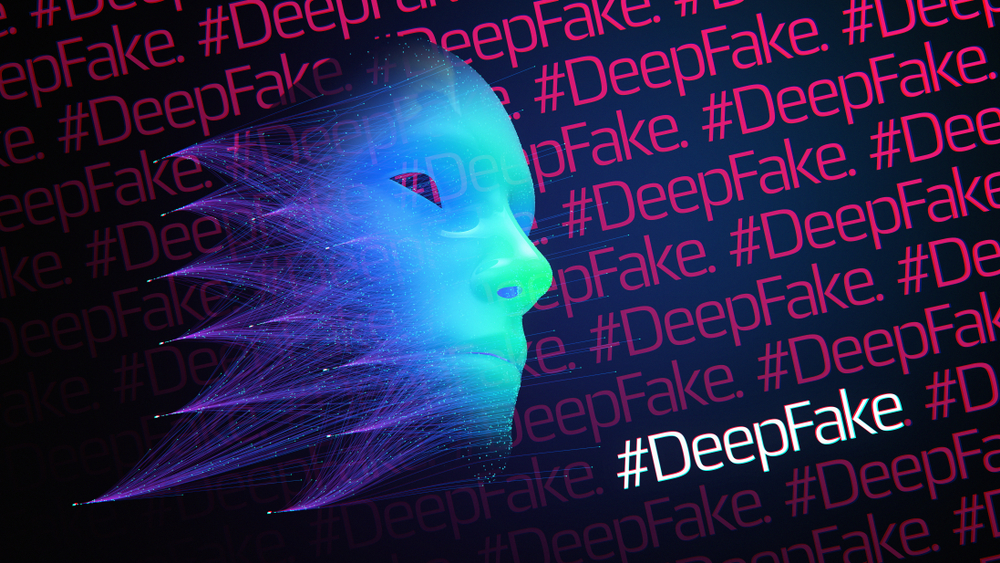Google has introduced new tools to fight explicit deepfakes. These protections aim to boost user safety and enhance privacy. This effort is part of Google’s broader commitment to improving online security.
What Are Deepfakes?
Deepfakes are fake images or videos generated by artificial intelligence. These images falsely depict people in compromising situations. Creators make these images without the person’s consent, causing significant distress. Consequently, such content often appears in search results. This makes it difficult for individuals to manage their online image.
The Growing Concern
The rise of explicit deepfakes has become a serious issue. Many individuals have discovered their images misused in harmful ways. Managing these images online has become increasingly challenging. Thus, finding effective solutions to tackle this problem is essential.
Google’s New Measures
In response, Google has implemented several new safety measures. When users report explicit deepfake images, Google’s system will remove them. Additionally, the system will filter out similar images and delete duplicates. This approach prevents unwanted content from reappearing.
Emma Higham, a product manager at Google, discussed the new tools. She said, “We have successfully tackled other types of non-consensual images. Now, we are using the same technology to address fake explicit images.” The tools that worked before are now applied to new types of harmful content.
Updates to Search Results
Moreover, Google is updating how search results are displayed. Searches for deepfake images will now prioritize high-quality, non-explicit content. For example, users will see relevant news stories instead of harmful images. Additionally, websites with frequent removals of fake explicit imagery will see their rankings drop. This update aims to reduce the visibility of such content. Previous changes have already decreased the visibility of explicit deepfake images by over 70% this year.
Differentiating Content
Google is also developing methods to distinguish between real and fake explicit content. Genuine explicit material, such as consensual nude scenes, will remain accessible. At the same time, fake explicit images will be demoted. This ensures that real content remains visible while fake images are minimized.
Recent Actions by Google
Recently, Google has taken several significant steps. For example, in May, Google banned ads promoting deepfake porn services. This action aimed to prevent the spread of harmful content through advertising. Additionally, Google expanded its policy on doxxing in 2022. Doxxing involves publishing private information about individuals without their consent. The updated policy allows more types of doxxing information to be removed from search results. In August 2023, Google also began blurring sexually explicit images by default. This feature helps users avoid accidentally viewing explicit content.
Ongoing Efforts for Safety
In summary, Google’s latest updates reflect its ongoing efforts to improve online safety. The company continues to enhance its tools and policies. By implementing these changes, Google seeks to create a safer online environment for everyone.
Conclusion
In conclusion, Google’s new protections against explicit deepfakes represent a major step forward in online safety. The company aims to remove and filter harmful content more effectively. The primary goal is to protect user privacy and improve search results. By reducing the spread of damaging fake images and enhancing search quality, Google shows its commitment to online safety.
Google’s dedication to user safety is evident through these new measures and past actions. As technology and online threats evolve, Google remains focused on providing a safer experience for its users. Thus, these new protections mark a positive development in the ongoing fight against harmful online content.



